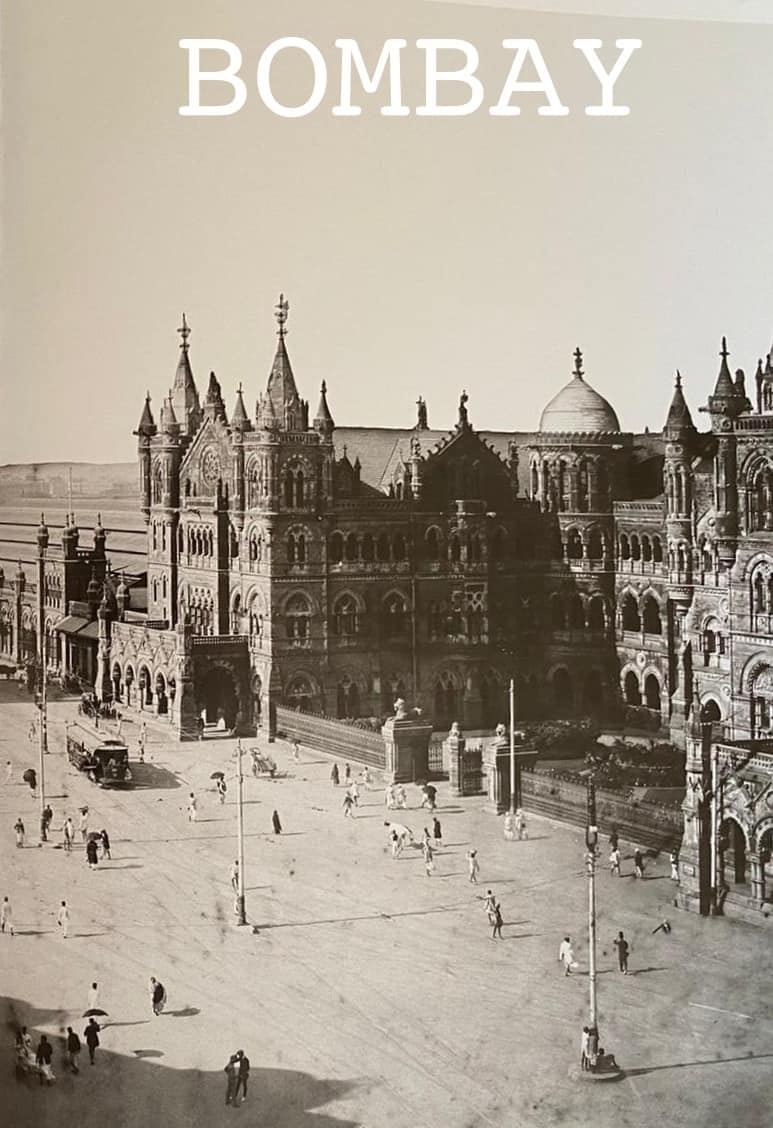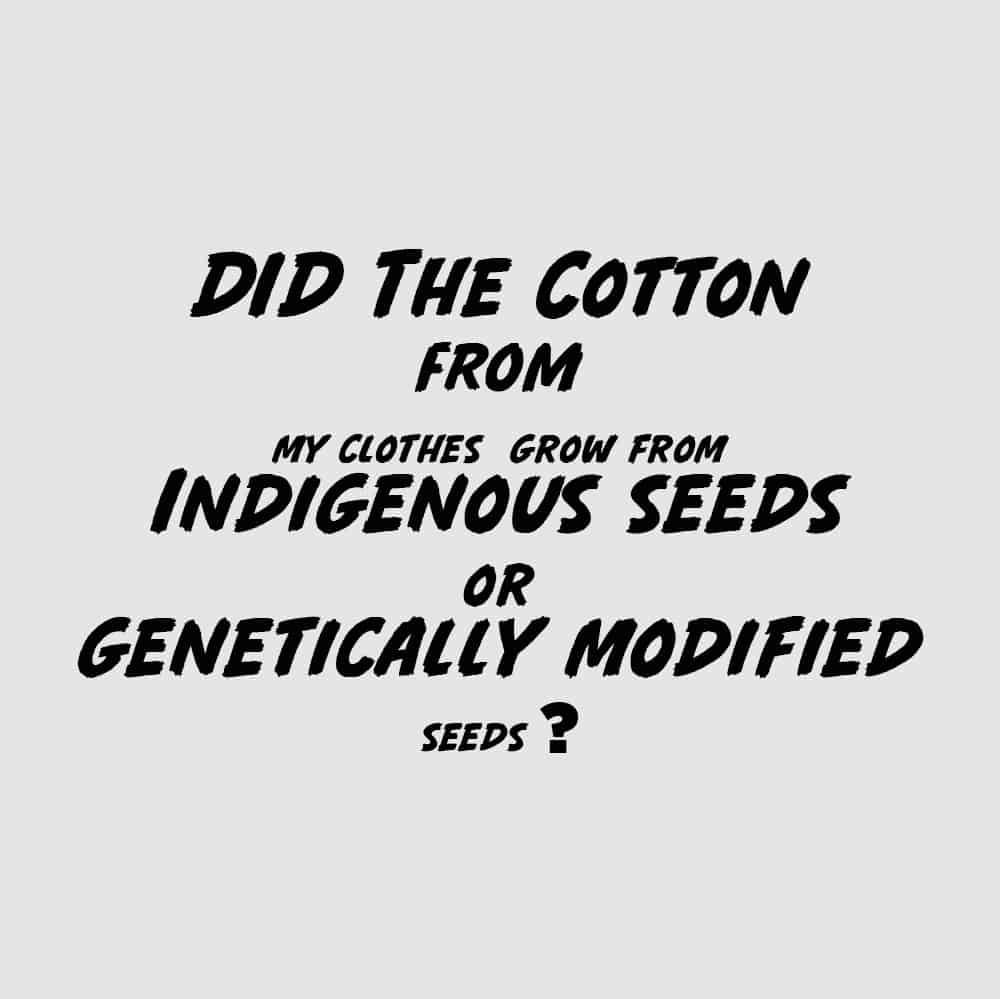02 Apr The Story of Cotton in America and How it is linked to Cotton Production India
SEED SELECTION AND GROUND PREPARATION FROM HISTORY OF SUSTAINABLE COTTON
READ MORE ON OUR COTTON SERIESI will talk more about the India story at the end of this article. Let us first look at the Story of cotton in America.15 Mar Seed Selection and Ground Preparation from History of Sustainable Cotton
25 Aug Urbanization of Bombay has Strong Links to Indian Textile Trade History
[vc_row css_animation="" row_type="row" use_row_as_full_screen_section="no" type="full_width" angled_section="no" text_align="left" background_image_as_pattern="without_pattern" css=".vc_custom_1598414775574{padding-right: 15px !important;}" z_index=""][vc_column offset="vc_col-xs-12"][vc_column_text]
Indian Textile Trade History: In this article, we will examine the link between Mumbai's current urban landscape with its history in the cotton trade of India.
Mumbai, an urban city of luxurious skyscrapers and destitute slums, was built 400 years ago on seven islands. Before the European Influence, a community of fishers inhabited these seven islands. The Portuguese were the first to arrive here from Europe and strengthen their influence on the archipelago from 1534 onwards. Bombay's fate changed when it entered the rule of British East India Company (EIC) after it was given as a dowry from Portugal to Charles II of England and consecutively came under the influence of EIC.
25 Aug The Beautiful Indienne, A Textile Story of Switzerland
[vc_row css_animation="" row_type="row" use_row_as_full_screen_section="no" type="full_width" angled_section="no" text_align="left" background_image_as_pattern="without_pattern" css=".vc_custom_1598394250356{padding-right: 15px !important;}" z_index=""][vc_column offset="vc_col-xs-12"][vc_column_text]The Beautiful Indienne, A Textile Story of SwitzerlandI discussed my recent textile-related reads with a friend when she mentioned the book 'Indiennes - Material For A Thousand Stories". The exhibition at the Landesmuseum Zürich published this book in conjugation with their presentation.The name 'Indienne' made me curious as I have not heard of it before in relation to the calico textiles that were traded between India and Europe. I grabbed my copy right away and just finished reading it. The book examines what happened next to the beautifully printed and painted cotton story after they left the Indian shores, arrived in Europe and created a veritable storm of buying enthusiasm in Europe.13 Aug The Story of Indian Cotton
The Discovery of Indian Cotton
10 May How do you Source Sustainable Cotton
COTTON- A CASH CROP
17 Apr The story of Printed and Painted Cottons from India
[vc_row css_animation="" row_type="row" use_row_as_full_screen_section="no" type="full_width" angled_section="no" text_align="left" background_image_as_pattern="without_pattern" css=".vc_custom_1587107079446{border-right-width: 1px !important;padding-right: 30px !important;border-right-color: #000000 !important;border-right-style: solid !important;}" z_index=""][vc_column width="1/2" offset="vc_col-xs-6"][vc_single_image image="1723" img_size="large" qode_css_animation=""][/vc_column][vc_column width="1/2" offset="vc_col-xs-6"][vc_column_text]
Image Source: Indian Textiles for the West by Rosemary Crill
[/vc_column_text][/vc_column][vc_column][/vc_column][/vc_row][vc_row css_animation="" row_type="row" use_row_as_full_screen_section="no" type="full_width" angled_section="no" text_align="left" background_image_as_pattern="without_pattern" css=".vc_custom_1587107094247{border-right-width: 1px !important;padding-right: 30px !important;border-right-color: #000000 !important;border-right-style: solid !important;}" z_index=""][vc_column offset="vc_col-xs-12"][vc_separator type="normal"][vc_column_text]Printed and Painted Cottons. "The world would be a drab place without India. Our blue jeans and printed T-shirts trace much of their lineage back to the ingenuity of India’s cotton printers and dyers," says Sarah Fee, Royal Ontario Museum Senior Curator of Eastern Hemisphere Fashion and Textiles. Until 520 years ago, the Europeans had known only linen and silk as compared to at least 5,000 years ago when Indian farmers had already started domesticating a species of tall tree cotton. And Indian weavers had already started weaving soft, washable, lightweight cotton that held colors well.The start of Painted and Printed Cotton trade with Europe
By the time, the first European ships arrived in India in the 1500s. The Indian artisans’ had already for thousands of years combined skills in weaving, painting, printing, dyeing, bleaching, and glazing cotton to embellish their superior fabrics for thousands of years. Nonetheless, after the European ships returned from India with the first few samples of the lightweight, washable, gaily colored and patterned cottons, they became a fashion sensation! These cottons were a starting point for the start of the textile trade between India and West. It is a point of wonder that ancient Indian artisans came to master and dominate the art of making colors and mordants with the use of humble natural ingredients like rusty nails, and plant parts—such as roots, seeds, and powdered leaves. The durability and vibrancy of which can be justified by looking at the thousands of years old specimens of larger than life hand painted or printed Indian cottons displayed at the best museums around the world.
It is a point of wonder that ancient Indian artisans came to master and dominate the art of making colors and mordants with the use of humble natural ingredients like rusty nails, and plant parts—such as roots, seeds, and powdered leaves. The durability and vibrancy of which can be justified by looking at the thousands of years old specimens of larger than life hand painted or printed Indian cottons displayed at the best museums around the world. 








